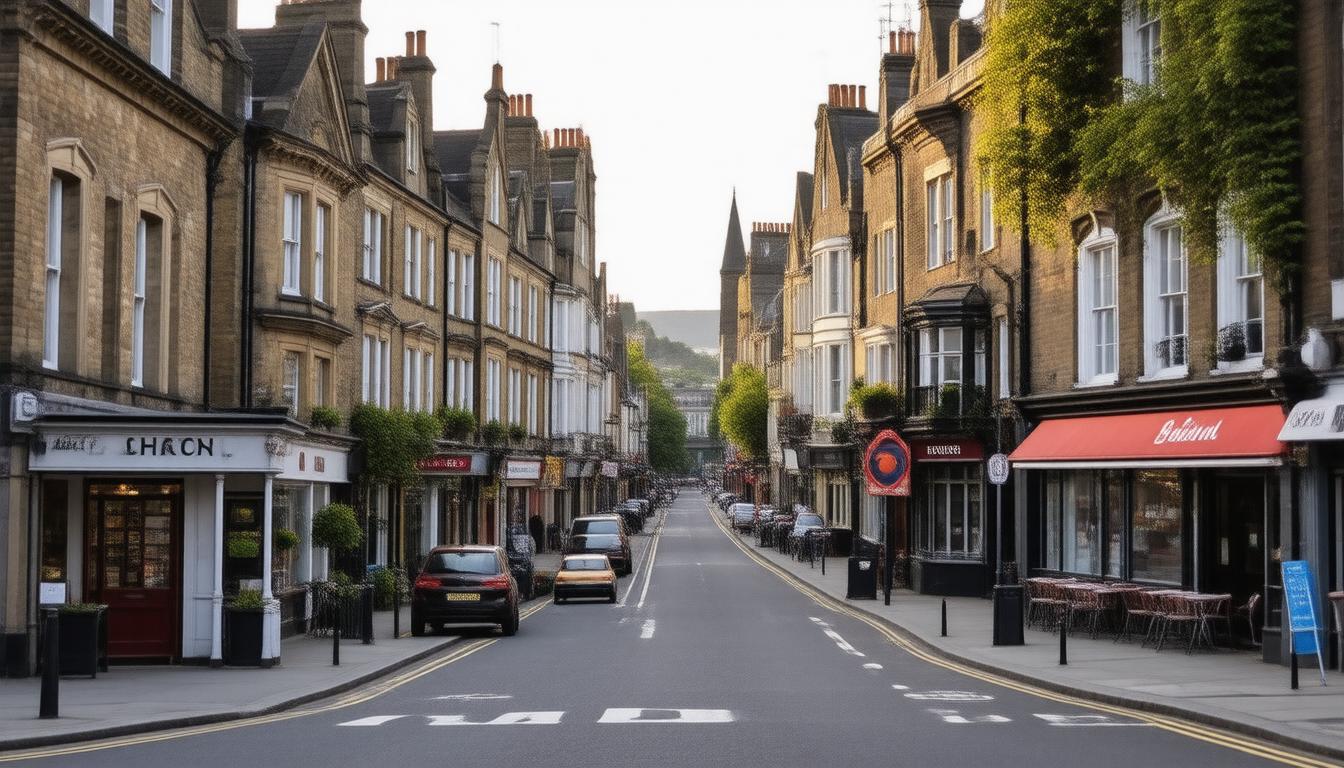Beginning April 2025, owners of second homes in England will face an unprecedented hike in council tax, with local authorities able to impose a premium of up to 100%. This significant increase, particularly affecting regions already grappling with housing shortages, aims to alleviate the pressure on local housing markets exacerbated by second home ownership. Areas such as Cornwall, South Hams, and Cumberland are anticipated to be at the forefront of this initiative, which could see the average annual council tax bill for second homes spike from approximately £2,171 to around £4,342. The move, which follows similar policies already adopted in Scotland and Wales, not only seeks to generate additional revenue for councils—estimated at over £100 million annually—but also aims to make housing more accessible to local residents displaced by escalating property prices. As the dynamics of local real estate markets shift, indications suggest a potential decline in property values in popular holiday destinations, while higher mortgage rates and rising living costs are likely to discourage families from sustaining their second homes.
Key Takeaways
- Starting April 2025, second home owners in England could face a council tax increase of up to 100%.
- This tax hike aims to address housing shortages by increasing available stock for local residents.
- Local councils anticipate generating over £100 million in additional revenue from this initiative.
Understanding the New Council Tax Premium for Second Homes
As of April 2025, a new council tax premium for second home owners will come into effect, which could see their annual tax double in certain regions across England, including popular tourist destinations such as Cornwall, South Hams, and Cumberland (Local Government Association, 2024). This legislative change allows local authorities to impose a premium of up to 100% on council tax for second homes, aimed primarily at addressing the ongoing housing shortages exacerbated by second home ownership (Ministry of Housing, Communities & Local Government, 2024). The average council tax for a second home, which currently stands at approximately £2,171, is expected to soar to around £4,342 annually if the councils choose to implement this premium (The Guardian, 2024). With over 150 councils likely to adopt this measure, the initiative could potentially generate an annual revenue increase exceeding £100 million, providing essential funds that could be reinvested into local infrastructure and housing developments (BBC News, 2024). Similar policies have already been adopted in Scotland and Wales, where council tax premiums can reach 200% and 300%, raising questions about their effectiveness and potential impact on the property market (Independent, 2024). Observations suggest that this tax hike may already be influencing property values, particularly in regions like North Devon and Cornwall, where a decline in prices is noted due to the dual forces of increased taxation and rising living costs (Yorkshire Post, 2024). This significant shift aims to encourage owners to either sell or rent their properties to local residents, thus alleviating housing shortages and ensuring more sustainable community development.
Impact on Local Housing Markets and Property Values
As this council tax premium takes effect, the local housing markets in Yorkshire are likely to face similar pressures, potentially influencing both supply and demand dynamics across the region. The increased financial burden on second-home owners may prompt some to sell their properties or convert them to rental units, thereby improving availability for local residents. Notably, regions dependent heavily on tourism, such as the Yorkshire Dales and the coastal areas of Scarborough and Whitby, could experience fluctuations in property values as buyers reassess their investments in light of escalating costs. Additionally, the introduction of this tax could serve as a catalyst for local councils in Yorkshire to evaluate their own property tax structures, possibly leading to broader reforms aimed at increasing affordability and accessibility within the housing market (House of Commons Housing, Communities and Local Government Committee, 2024). Ultimately, while the immediate focus is on the financial implications for second home owners, the knock-on effects may reshape housing strategies across Yorkshire in the coming years, fostering a more balanced approach to housing access.





